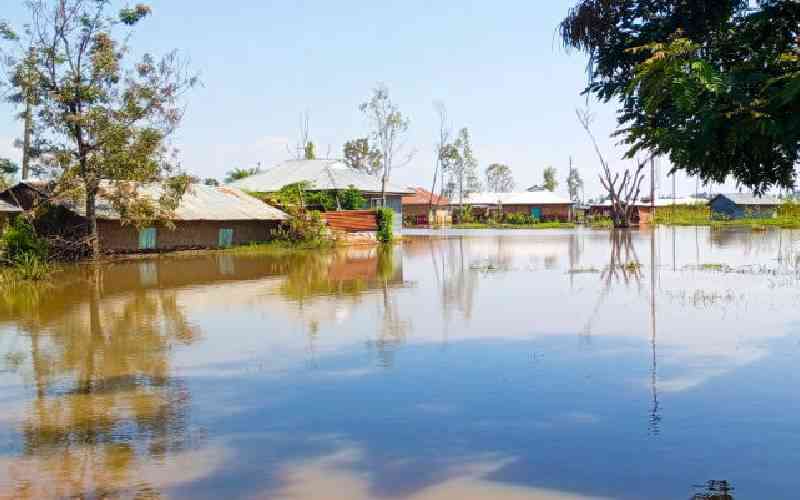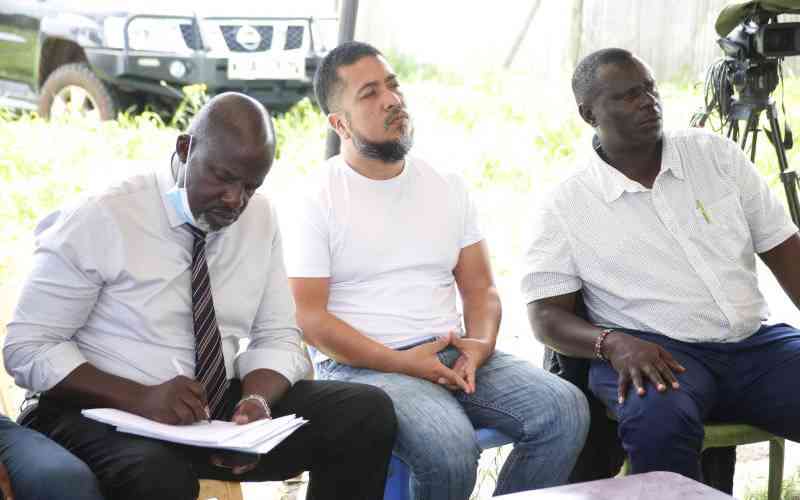The euphemism Dark Continent, used to refer to Africa, unflattering as it may be, is often-times spot-on.
Much of Africa is pitch-dark day and night. The darkness that prevails in the equatorial jungle is excusable. I'm concerned with dark homes, towns and even cities once the sun goes down and powerlessness come the next day, thanks to the lack of energy.
A flight by plane or in space over Africa is a totally different experience from one over Europe, America or Australia. To be sure, Africa and specifically Kenya is doing as much as it can to extend the reach of electricity and therefore power or light towards the last mile.
Our rural electrification project is powering on full steam, with costs coming down year on year. The attempts to have as many schools as possible linked to the grid have come as a godsend to the rural population.
With this expansion comes the need to ensure quality and reliability. The overstretched capacity of traditional sources - primarily hydroelectricity dams - saw the need to branch out into alternative means of generation.
It did not help that the rivers Kenya relied on for hydro-power generation are seasonal and the projects concentrated in one region. This was partially mitigated by the building of the Sondu-Miriu project in the Western part of the country.
Even then, prolonged seasons of drought would see us resort to extremely expensive diesel-powered generators. Their environmental drawbacks aside, these made the cost of power go up exponentially. In the end, industries became uncompetitive. Some multinationals had to relocate to friendlier environs like Egypt. The loss of jobs and the effect on the Gross Domestic Product cannot be gainsaid.
Even better development has taken place around geothermal and wind power as sources of energy. Olkaria, the biggest such project in this part of the world, should add 3000MW to the gross output by Kenya Electricity Generation Company (KenGen).
The wind farms in Turkana have just been commissioned so that in sum, Kenya is well on its way towards the much-magic figure of 5000MW. The last frontier, though less spoken about, is solar energy. The sun, ever-present and never failing, has always been here and should be with us well into God's promised paradise.
Solar panels are small, wieldy and capable of fitting into any roof. So that clean, renewable source of energy is possible whenever and wherever there is a space that faces the sun. Besides, we still have vast fallow chunks of land on which we can erect solar farms (large installations of solar panels). These are common sights in Cyprus, USA, Europe and the Middle East.
These will produce critical amounts of energy to be fed into the grid to boost whatever is harvested form traditional sources. In fact, solar roofs are possible. Solar tiles don roofs in Yorkshire, United Kingdom and other places on a much smaller scale.
In many cities around the world, buildings have been retrofitted with solar panels. With the latest innovation, these have resulted in energy saving and of course the creation of thousands of high-tech jobs.
According to Solar Century, the leading solar technology outfit worldwide, by 2020, we will need 20TeraWatts of energy, "The amount of sunlight falling on the planet at any one time is around 120,000TeraWatts ...9000 times the global power requirement."
Just like Africa leap-frogged in telecommunications through the mobile phone, we can get round electric wire where possible, and on the whole, use sunlight to power the grid.
That will be another M-Pesa, this time, in energy production.
Stay informed. Subscribe to our newsletter
 The Standard Group Plc is a
multi-media organization with investments in media platforms spanning newspaper
print operations, television, radio broadcasting, digital and online services. The
Standard Group is recognized as a leading multi-media house in Kenya with a key
influence in matters of national and international interest.
The Standard Group Plc is a
multi-media organization with investments in media platforms spanning newspaper
print operations, television, radio broadcasting, digital and online services. The
Standard Group is recognized as a leading multi-media house in Kenya with a key
influence in matters of national and international interest.
 The Standard Group Plc is a
multi-media organization with investments in media platforms spanning newspaper
print operations, television, radio broadcasting, digital and online services. The
Standard Group is recognized as a leading multi-media house in Kenya with a key
influence in matters of national and international interest.
The Standard Group Plc is a
multi-media organization with investments in media platforms spanning newspaper
print operations, television, radio broadcasting, digital and online services. The
Standard Group is recognized as a leading multi-media house in Kenya with a key
influence in matters of national and international interest.







